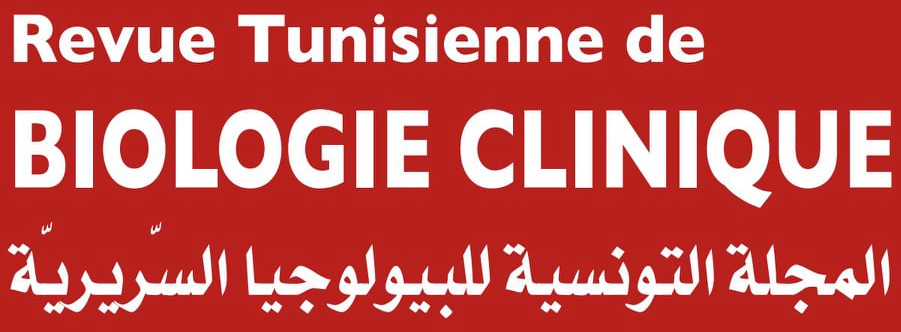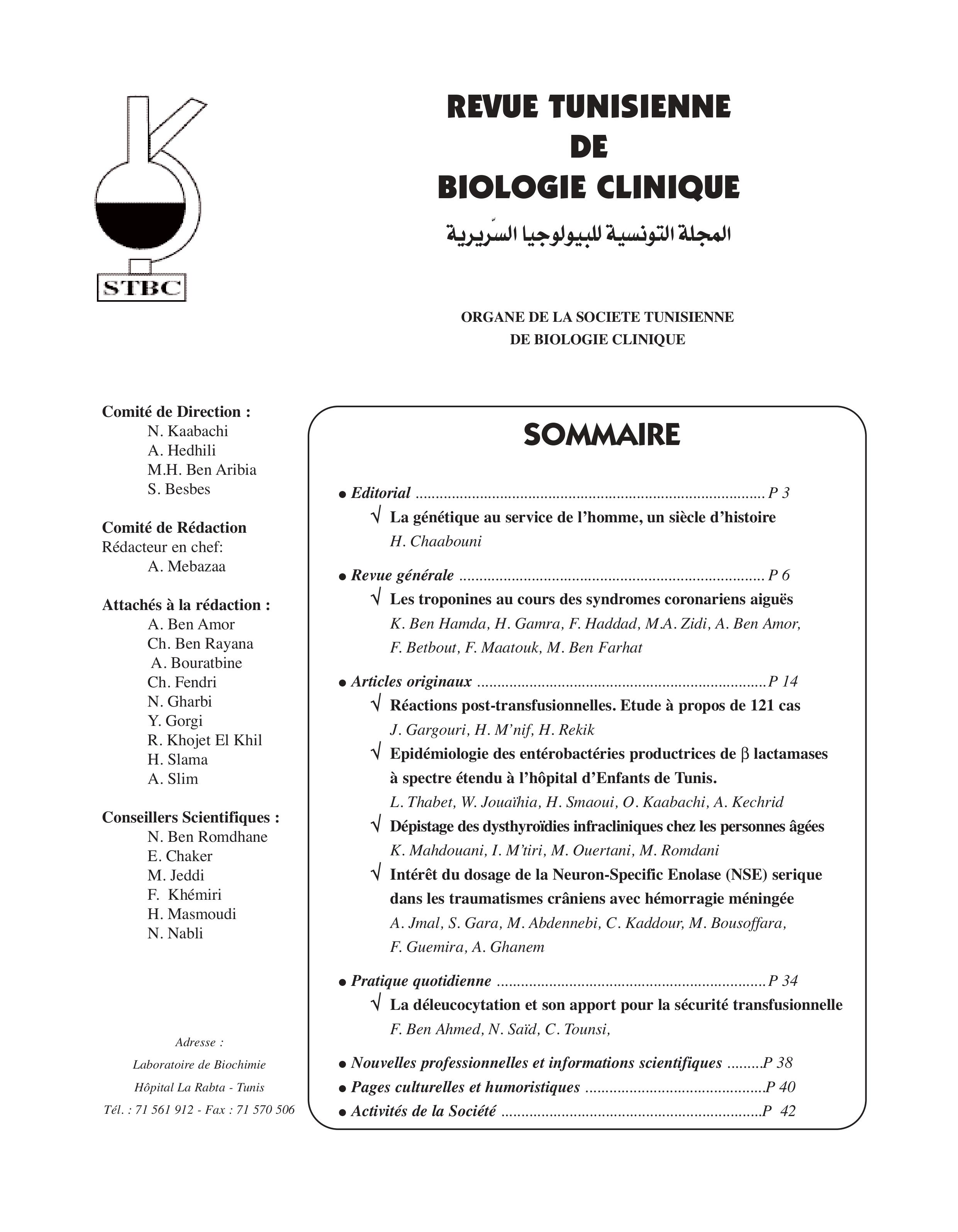Résumé
Malgré toutes les actions sécuritaires, la transfusion de produits sanguins labiles ne peut être totalement dénuée de danger. Nous avons étudié les réactions transfusionnelles de 121 patients en vue d’en faire le diagnostic étiologique. Au cours de la période d’étude, soit 6 ans (1995-2000), 25803 actes transfusionnels ont été réalisés pour 5161 patients. Ce qui fait un taux de réactions transfusionnelles à 0,47% transfusions et à 2,34 % patients. Du point de vue symptomatique, il s’agissait essentiellement de signes cliniques et/ou biologiques d’hémolyse ( 73,55%) et de réactions à type de frissons hyperthermie (16,53%). Les autres signes totalisent le reste, soit 9,92%. Biologiquement, chacun des 121 patients a bénéficié d’un test de Coombs direct (technique en tube) avec élution à l’éther et d’une recherche d’agglutinines irrégulières grâce à un panel (dépistage puis identification) comportant les 20 antigènes réglementaires. Enfin, un contrôle de groupe sanguin a été réalisé pour les patients et les poches de sang transfusées ainsi qu’une épreuve de compatibilité en Coombs indirect entre le sérum des patients et les hématies transfusées. Les tests de Coombs et les épreuves d’élution ont été négatifs. Les contrôles de groupe sanguin et les épreuves de compatibilité n’ont montré aucune discordance et la RAI a mis en évidence 4 anticorps (Ac) anti-érythrocytes : anti-P1, anti-S, anti-K, et un Ac dépisté mais non identifié.

Ce travail est disponible sous la licence Creative Commons Attribution 4.0 International .
(c) Tous droits réservés J. GARGOURI, H. MNIF, H. REKIK 2003

